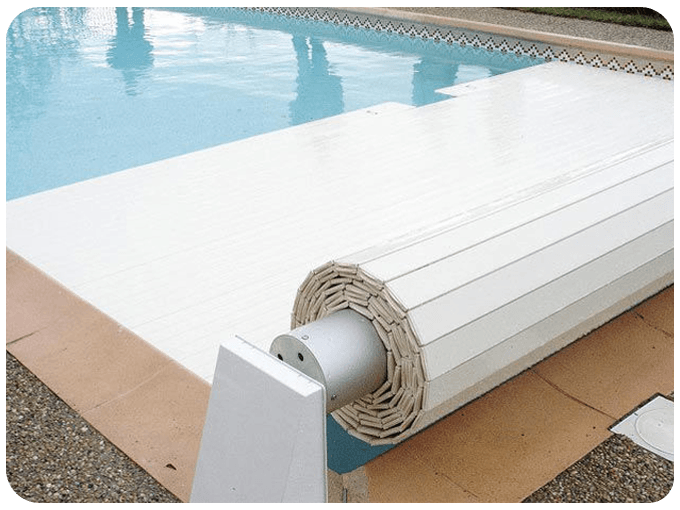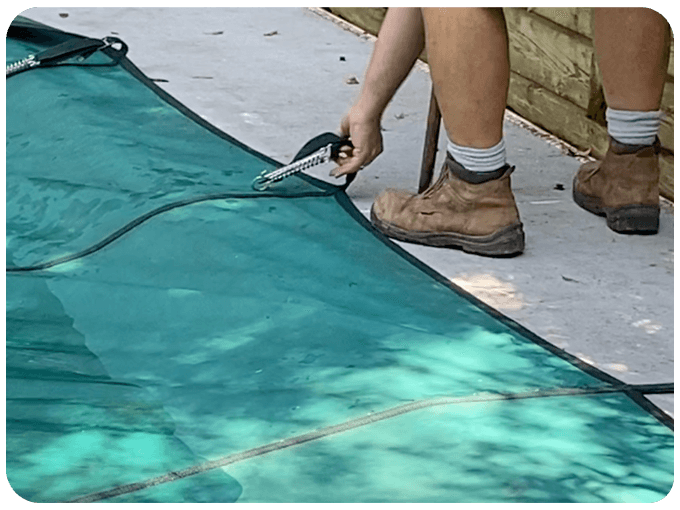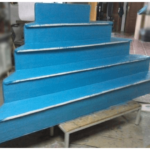Fiberglass pools are a gem in our home, but their safety should not be underestimated. In this article, we will explore the importance of safety covers specific to this type of pool and how to choose the best option to ensure worry-free fun moments.
Table of Contents
Risks and Needs:
- Without covers, fiberglass pools can be dangerous, especially for children and pets.
- Let’s examine specific needs, such as protection against UV rays and resistance to wear caused by pool chemicals.
Essential Features:
- Weather resistance: Covers must withstand extreme weather conditions without losing functionality.
- Easy installation and minimal maintenance: Facilitates the life of the owner and ensures regular use of the cover.
- Attractive and functional design: Aesthetics should not compromise effectiveness; the cover should complement the pool visually.
Regulations and Certifications:
- Compliance with essential safety regulations to avoid fines and, most importantly, protect those who use the pool.
- Certification ensures that the cover meets quality standards, providing peace of mind to the owner.
Types of Covers:
- Mesh covers: Allow rainwater filtration and prevent dangerous accumulations.
- Solid covers: An effective barrier against elements and evapotranspiration, conserving pool water.
- Automatic covers: The convenience of covering and uncovering the pool with the touch of a button.

Selection Process:
- Evaluate the pool environment, considering nearby trees, structures, and frequency of use.
- Consider local climate: The needs of a cover in a sunny region may differ from those in a rainy region.
- Consult with pool safety experts: Professionals can offer valuable guidance on the best options for each situation.
Step-by-Step Installation of Fiberglass Pool Safety Covers:
- Prepare the area for efficient installation: Ensure the surface is clean and level.
- Securely place the cover: Follow manufacturer instructions for correct installation.
- Verify safety and functionality: Conduct resistance tests and ensure all mechanisms are operational.
Long-Term Benefits:
- Cost savings on maintenance: Less cleaning and fewer chemicals required.
- Increased pool lifespan: Constant protection prevents premature wear.
- Contribution to family safety: An investment in peace of mind for everyone enjoying the pool.

Common Myths about Fiberglass Pool Safety Covers:
There are several common myths about fiberglass pool safety covers. It’s important to clarify these misunderstandings so pool owners can make informed decisions. Here are some of the most common myths:
- “The safety covers are only for large pools”:
- Reality: Safety covers are available in a variety of sizes and styles, adapting to both large and small pools, including fiberglass ones.
- “Safety covers are difficult to install”:
- Reality: Many safety covers are designed to be easy to install and dismantle. Some require professional installation, but most can be handled by homeowners themselves.
- “Covers are only for preventing drownings”:
- Reality: While drowning prevention is an important function, covers also help keep the pool clean, reduce water evaporation, and protect against debris entry.
- “Safety covers are unsightly”:
- Reality: There are different styles and materials of safety covers; some are discreet and designed to blend with the pool environment. There are even transparent options.
- “I don’t need a cover because my pool has a fence”:
- Reality: A fence is important, but a safety cover adds an additional layer of protection, especially when the pool is not in use for extended periods.
- “Safety covers are very expensive”:
- Reality: While some models of covers can be expensive, there are also more affordable options. Additionally, the initial cost can be offset by long-term savings on pool maintenance and chemicals.
- “Covers are uncomfortable and difficult to store”:
- Reality: Many safety covers are designed to be lightweight and easy to store. Some even come with automatic rolling systems for added convenience.
- “Safety covers are not durable”:
- Reality: Safety covers are designed to be sturdy and long-lasting. With proper maintenance, they can provide protection for many years.

Regular Maintenance of Fiberglass Pool Safety Covers
To ensure the durability of a pool cover and address common issues, it’s essential to follow certain practical tips and be prepared to make minor repairs. Here are some recommendations:
Tips for Ensuring Durability:
- Regular cleaning:
- Clean the cover regularly to remove leaves, debris, and dirt. Use a water hose and a soft brush.
- Proper storage:
- Store the cover properly when not in use. Follow manufacturer instructions for folding or rolling the cover correctly.
- Avoid sharp objects:
- Avoid contact with sharp or pointed objects that can damage the cover. Do not walk on it with sharp shoes.
- Seasonal adjustments:
- Make seasonal adjustments to ensure proper fit. Covers may expand or contract due to temperature changes.
- UV protection:
- Look for covers with UV protection to prevent damage from prolonged sun exposure.
- Regular inspections:
- Perform regular inspections to identify any wear, tear, or problem areas.
Common Problem Solutions:
- Repairing small tears or holes:
- Use specific patches to repair small tears or holes. Follow the repair kit instructions and ensure the cover is clean and dry before applying the patch.
- Tension adjustment:
- If the cover has loosened, adjust the tension according to manufacturer recommendations. Some covers have adjustable tension systems.
- Mechanism lubrication:
- If the cover has mechanisms, such as automatic rolling systems, lubricate them periodically to ensure smooth operation.
- Mold and mildew prevention:
- To prevent mold and mildew growth, ensure the cover is dry before storing and avoid storing it in humid areas.
- Repairing worn seams:
- If seams are worn, use specific adhesives and repair materials to reinforce them. Ensure the repair is waterproof.
- Replacement of damaged parts:
- If any part of the cover is irreparable, check if it’s possible to obtain replacement parts from the manufacturer.
- Consult a professional:
- For more complex issues or major repairs, consult a professional or the manufacturer for assistance.
Current Trends in Safety Covers:
- Technological advances including automated monitoring and alert systems.
- Innovative and sustainable designs, such as solar covers that not only protect but also generate energy.
Environmental Commitment:
- The positive impact of eco-friendly covers on water conservation and energy consumption reduction.
- Eco-friendly options available in the market, encouraging more responsible decisions.
Buying Tips:
When buying safety covers for fiberglass pools, it’s important to consider several factors to ensure you choose the most suitable option for your needs. Here are some buying tips:
-
Precise measurements:
- Take accurate measurements of the pool before purchasing. Ensure the cover fits properly and provides full coverage.
-
Compatibility with Fiberglass Pools:
- Verify that the cover is specifically designed for fiberglass pools and is compatible with this type of structure.
-
Resistance and durability:
- Look for covers made of durable and weather-resistant materials. They should be able to withstand exposure to sun, wind, rain, and other elements.
-
Secure anchoring system:
- Ensure the cover has a secure anchoring system that prevents unauthorized pool access. Anchors should be sturdy and reliable.
-
UV protection:
- Opt for covers with UV protection to prevent deterioration caused by prolonged sun exposure. This will extend the cover’s lifespan.
-
Easy installation and storage:
- Look for covers that are easy to install and store. Some covers feature automatic rolling systems or foldable designs for convenience.
-
Simple maintenance:
- Choose a cover that requires simple maintenance. Check for specific cleaning and maintenance instructions in the product manual.
-
Compliance with regulations:
- Ensure the cover complies with local and national safety regulations. This guarantees it provides the necessary protection.
-
Manufacturer’s warranty:
- Check the warranty offered by the manufacturer. A solid warranty can indicate the manufacturer’s confidence in the durability of their product.
-
Reviews and testimonials:
- Read reviews and testimonials from other users to gain insight into others’ experiences with the specific cover you are considering.
-
Customer service:
- Verify the availability and quality of the manufacturer’s customer service. It’s important to have support in case of problems or questions.
-
Additional Features:
- Consider additional features, such as secure closure systems, color options, and complementary accessories.
Frequently Asked Questions about Fiberglass Pool Safety Covers:
-
What additional benefits do automatic covers offer compared to other options?
- Automatic pool covers offer several notable benefits compared to other options. Their main advantage lies in convenience and ease of use, as they can be opened and closed with the touch of a button or switch, eliminating the need for manual handling. Additionally, these automatic covers enhance safety by featuring secure closure systems, provide efficient protection against contaminants, and help conserve water heat and reduce evaporation. Their durability, weather resistance, and ability to integrate with automation systems make them an attractive option, despite their higher initial cost.
-
Do eco-friendly covers really make a difference in terms of sustainability?
- It’s crucial to evaluate each specific product to determine its level of sustainability. Factors such as manufacturing, lifespan, transportation, and disposal at the end of its life cycle should be taken into account. Furthermore, conscious use and proper maintenance of covers also influence their environmental impact over time. In summary, while eco-friendly covers can make a difference, it’s essential to consider all these aspects to make sustainable decisions in pool care.
-
Can I install the cover myself or is it preferable to hire a professional?
- The installation of a pool cover can vary in complexity depending on the type of cover and specific design. Generally, some owners with DIY skills and following manufacturer instructions may be able to install simpler covers themselves. However, in many cases, especially with automatic covers or more complex systems, it’s strongly recommended to hire a professional to ensure proper and safe installation.
-
What is the level of resistance of covers to extreme weather phenomena?
- The resistance level of pool covers to extreme weather phenomena can vary depending on the type of cover and materials used in its manufacture. It’s important to note that while many covers are designed to withstand normal weather conditions, exceptional situations like hurricanes, tornadoes, or other extreme weather phenomena can exceed the resistance of any cover. In such cases, additional measures may be required, such as temporary removal of the cover to prevent damage. Consulting with the manufacturer and following specific instructions is key to maintaining the integrity of the cover under different weather conditions.
Conclusions:
Recap of the vital importance of safety covers for fiberglass pools. A call to action for every owner to take steps to protect their pool and loved ones.


